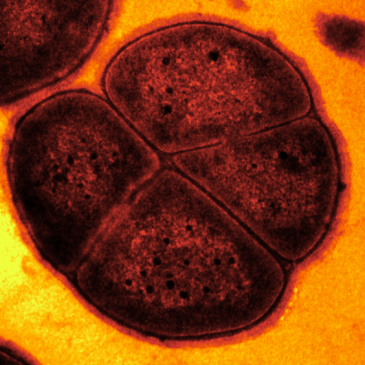These prokaryotes are infiltrating our children’s literature…
Apparently, you’re never too young to have your mind blown by prokaryotes I just found a children’s book about microbes called Tiny Creatures: The World of Microbes! It doesn’t help that its accompanied with lovely illustrations of their microbial greatness: And there’s more. Apparently, those great Vibrios (remember those pesky Marxist poster bacterium for … More These prokaryotes are infiltrating our children’s literature…






You must be logged in to post a comment.